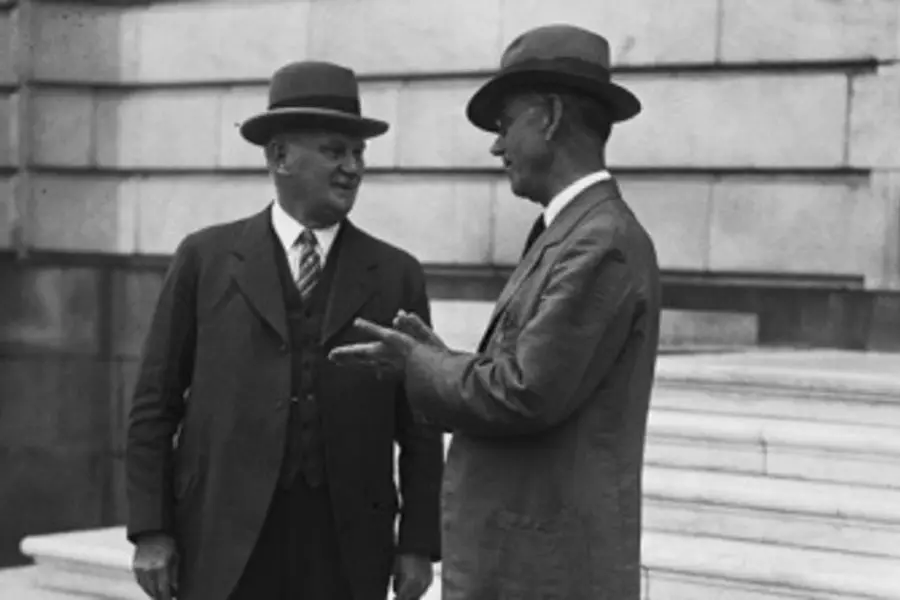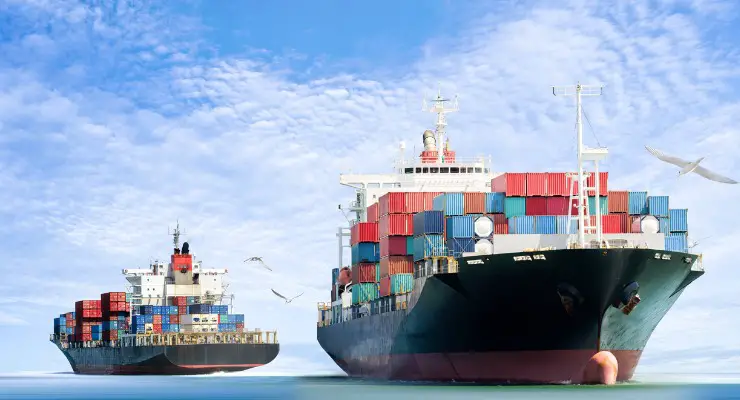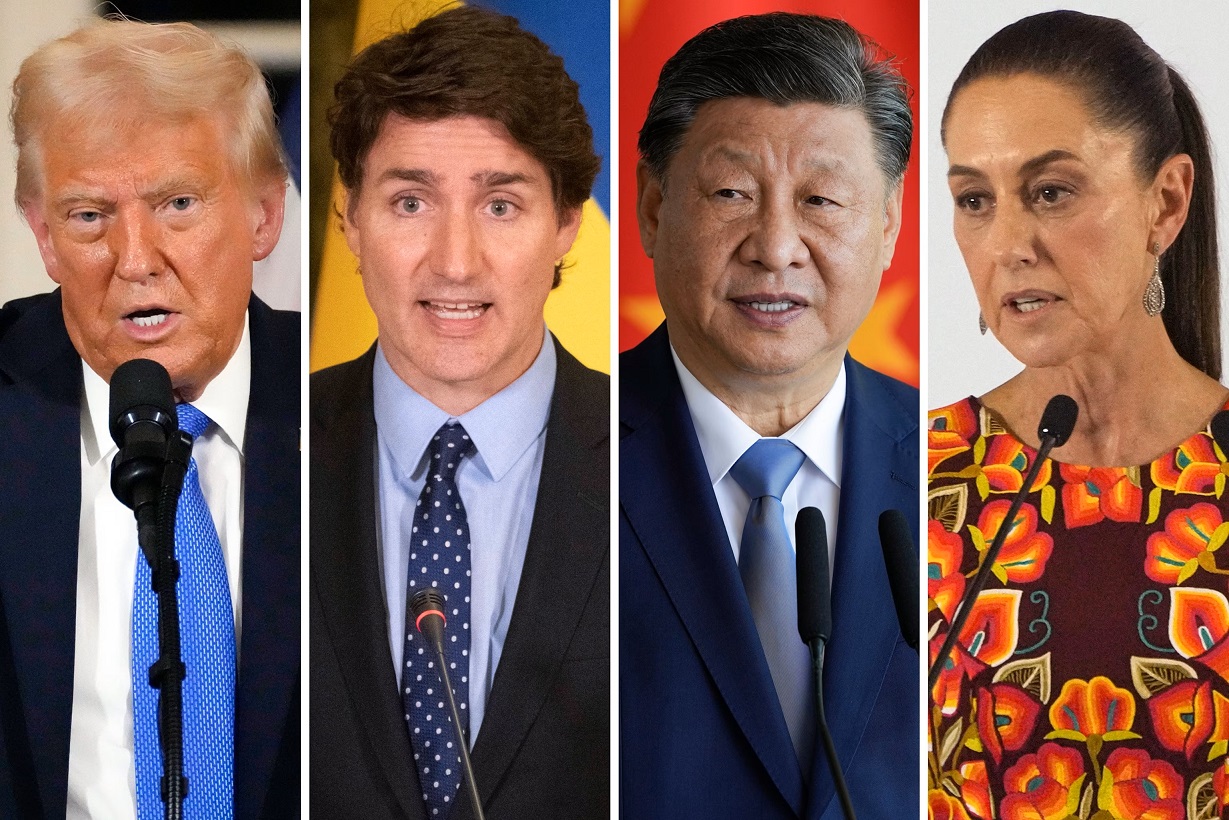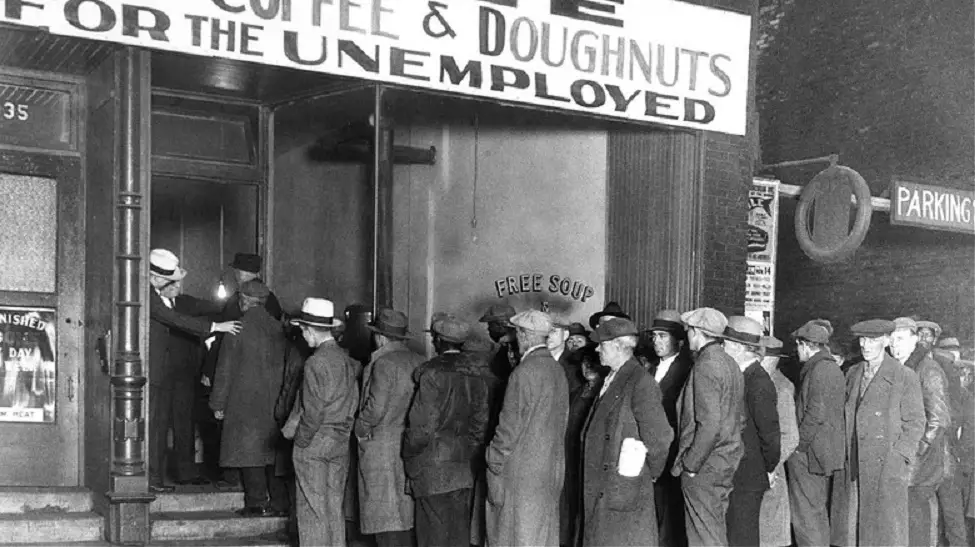This Tariff Was Supposed to Help During the Great Depression—It Ended Up Making Everything Worse

The Smoot-Hawley Tariff Act, signed into law in 1930, was a U.S. legislative measure that raised tariffs on over 20,000 imported goods. Named after its sponsors, Senator Reed Smoot and Representative Willis C. Hawley, the act aimed to protect American industries and farmers during the Great Depression. However, instead of stimulating the economy, it worsened the global economic downturn, leading to retaliatory tariffs from other countries and a decline in international trade. This drastic economic shift resulted in a 66% drop in world trade between 1929 and 1934, amplifying economic hardship. Despite being nearly a century old, the Smoot-Hawley Tariff Act remains highly relevant in today’s economic and political discussions. Here are nine reasons why it still matters.
1. A Lesson in Protectionism’s Consequences

The act is a historic example of the dangers of extreme protectionism. By increasing tariffs, it triggered global retaliation, reduced exports, and deepened the Great Depression. Modern policymakers use it as a cautionary tale when considering similar trade restrictions. Economists often point to China’s tariffs on American soybeans in response to recent U.S. trade policies as an example of how protectionism can backfire.
2. Impact on Global Trade Relations

The Smoot-Hawley Act damaged international relationships, leading countries to implement their own tariffs. This serves as a reminder of how trade wars can escalate quickly, a relevant concern in today’s world of U.S.-China trade tensions and ongoing tariff disputes. For example, Canada and Europe responded with their own tariffs, crippling American exports and worsening the effects of the Great Depression.
3. Influence on Modern Trade Policies

The negative consequences of the act contributed to the formation of institutions like the World Trade Organization (WTO) and trade agreements such as NAFTA and the USMCA. These policies were designed to prevent protectionist mistakes and encourage free trade. Countries like Germany and the United Kingdom suffered major economic downturns due to the collapse of international trade, pushing them to seek more structured trade agreements post-World War II.
4. Economic Nationalism and Populism

Economic nationalism is on the rise, with some politicians advocating for higher tariffs to protect domestic industries. The Smoot-Hawley Act is often cited in debates about whether such policies help or harm economies in the long run. The act also demonstrates how short-term political goals can lead to long-term economic damage, as seen when France and Italy imposed countermeasures that further weakened the global economy.
5. Comparisons to Recent Tariff Policies

Recent tariff increases, particularly those imposed by the U.S. on China, Canada, and Mexico have drawn direct comparisons to the Smoot-Hawley Tariff Act of 1930. Economists and policymakers alike warn that these modern trade restrictions could lead to economic slowdowns and strained global relations, echoing the consequences of Smoot-Hawley. The U.S. implemented a 25% tariff on nearly all goods imported from Canada and Mexico, along with a 10% tariff on Canadian energy products. Additionally, tariffs on Chinese imports were doubled to 20%, further escalating trade tensions
6. Effects on Agriculture and Manufacturing

One of the biggest impacts of the Smoot-Hawley Act was its harmful effect on American farmers, who faced reduced markets for their crops due to retaliatory tariffs. Today, industries like agriculture, manufacturing, and technology face similar risks when new tariffs are imposed. Countries like Argentina and Brazil increased their agricultural exports to Europe, replacing American suppliers, causing long-term damage to U.S. farming.
7. Shaping Economic Recovery Strategies

As governments worldwide navigate economic recovery, the lessons from Smoot-Hawley remind leaders to be cautious when implementing trade barriers. Economic cooperation and trade agreements have been key to preventing a repeat of the global downturn caused by extreme tariffs. Countries like Japan learned from this period and later pursued an export-driven economic model, prioritizing global trade rather than protectionism.
8. Impact on Unemployment and Industrial Output

The Act led to massive job losses in export-dependent industries, worsening unemployment in the U.S. and abroad. Businesses that relied on foreign markets saw revenue plummet, leading to factory closures and increased poverty levels. The United Kingdom responded by strengthening its Commonwealth trading system, prioritizing intra-empire trade over external partners, shifting economic power structures.
9. A Turning Point in Global Economic Policy

The collapse in global trade caused by Smoot-Hawley played a major role in reshaping economic policies worldwide. Countries began prioritizing international cooperation to avoid similar mistakes. The Act directly influenced the push for GATT (General Agreement on Tariffs and Trade), which later evolved into the WTO, ensuring a more structured and cooperative approach to trade relations.
Conclusion

While the Smoot-Hawley Tariff Act was a product of its time, its effects still resonate today. It stands as a warning against excessive protectionism, a lesson in global trade dynamics, and a case study in economic policy missteps. Understanding its history helps us navigate current trade challenges, providing insights into how international policies should be managed to prevent economic downturns.
Leave a Reply